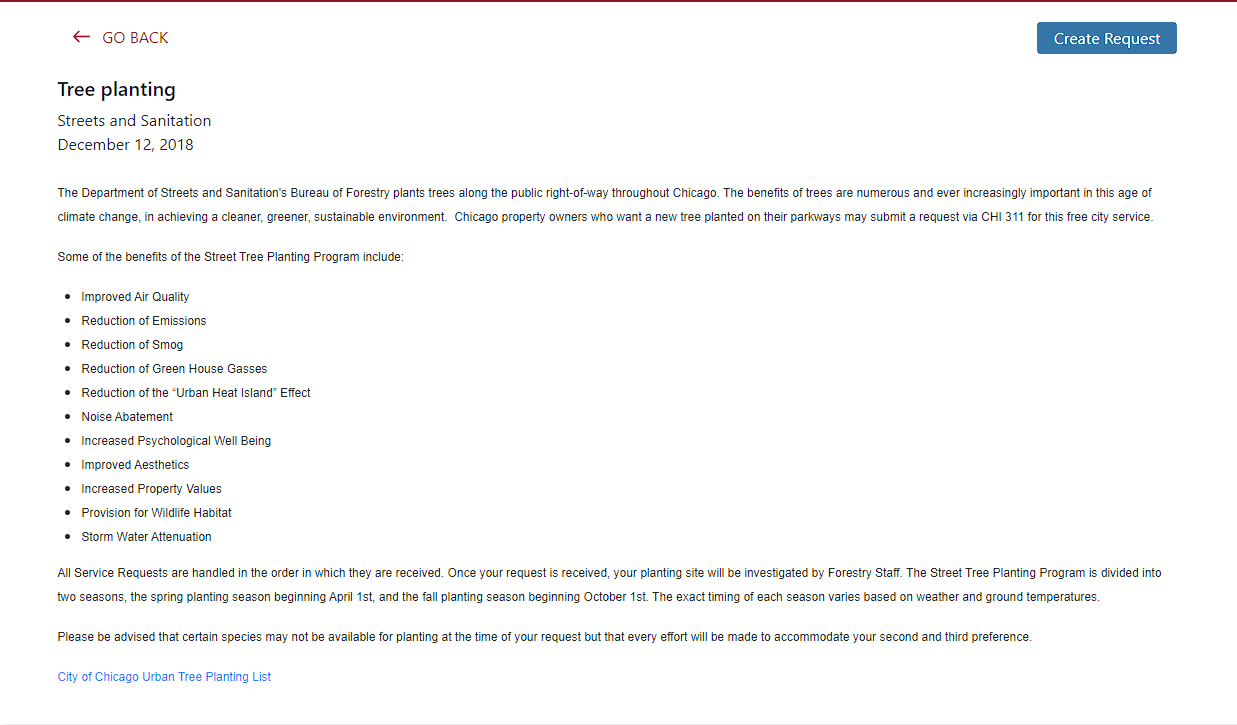top of page
The leaves and roots of trees:
- Limit temperature spikes during extreme heat events
- Mitigate the urban heat island effect
- Curb cooling costs (utility bills are a disproportionately high percentage of income for many communities of color)
- Protect exterior surfaces from sun / storm damage
- Reduce flood risk by absorbing and retaining water from excessive rainfall
Increased Tree Cover is a Highly Effective, Low-Cost and Climate Friendly Approach to Local Cooling and Flash Flood Mitigation
All Chicago Residents are Entitled to Request Trees in their Neighborhoods Free of Charge from the City of Chicago’s Bureau of Forestry


However, Chicago's Tree Canopy is Unevenly Distributed, With Large Gaps in the West and Southwest Neighborhoods that Over-Index to the City's Black and Hispanic Populations

Source: Our Roots Chicago/City of Chicago
Unsurprisingly, Most of these Gaps are in Formerly Redlined Areas...

Source: Philanthropies, B. (2022, March 18). Why Tree Planting is Necessary for a Healthy Economy and Environment
Source: Locke, D.H., Hall, B., Grove, J.M. et al. Residential housing segregation and urban tree canopy in 37 US Cities. npj Urban Sustain 1, 15 (2021)



However, over the Past Decade, Chicago's Trees have Disproportionately Gone to Richer (and Whiter) rather than Poorer (and Browner) Neighborhoods, Irrespective of the Underlying Level of Tree Need
Source: A Sharma et al 2018 Environ. Res. Lett. 13 094011

Since Trees are Provided on Request by the City of Chicago Free of Charge and Planted on a First Come, First Served Basis, the Persistent Planting Shortfall in Poorer/Minority Areas – despite Empirically Greater Need – Suggests a Strong Information Gap
Operation Viridis is Well Positioned to Address this Gap with a Systematic Outreach Effort – on the Role of Trees and on the Rights of ALL Chicagoans to those Trees – to the Specific Neighborhoods that Stand to Benefit the Most from Increased Green Cover
North and East Chicago Neighborhoods

West and Southwest Chicago Neighborhoods

bottom of page